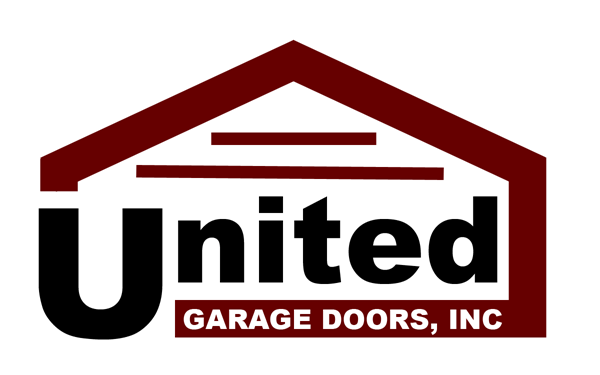Garage Door Springs - What You Need To Know
Most people don't spend much time thinking about their garage door, let alone the springs that help it go up and down on a regular basis. While it's understandable to take your garage door for granted, it's still important to be aware of how important garage door springs are when it comes to the safe, efficient operation of your residential or commercial garage door. Learn why garage door springs are so important and if you face any issues, call on the team at United Garage Doors to ensure that your garage door is working as efficiently as possible.
>> Related Content: The Dangers of Broken Garage Door Springs
There Are Two Types of Springs
Two types of springs are able to provide sufficient counterbalance to support the weight of a garage door. Torsion springs are attached above the door and visible when it's closed. They work by storing mechanical energy when the spring is twisted. Found on both sides of the door by the upper tracks, extension springs are often used on single or lightweight garage doors.Safety Cables Can Be an Important Safety Feature If Springs Break
Garage doors with extension springs have cables running through the springs. These safety cables attach to either the ceiling or wall. Safety cables come in handy if one of the springs breaks. What they do is provide a certain level of control when a spring breaks to minimize the potential for injury. If your garage door has extension springs but no safety cables, our United Garage Doors of Central Florida technicians can install them for you.Garage Door Spring Brackets Are Also Under a Lot of Pressure
Spring brackets are what garage door springs are attached to at the bottom of the door. As is the case with the springs, spring brackets are also under a lot of pressure. Newer model garage doors have brackets that are tamper-resistant to minimize the risk of injury.Signs Your Springs Need Repaired, Adjusted, or Replaced
When springs are functioning properly, your garage door should be perfectly balanced and operate smoothly. But when there's a problem, it's common for homeowners to assume the cables are to blame. However, the culprit may actually be the springs. If your door has two torsion springs, do a quick visual inspection to see if one is broken. Other signs springs may need repaired, adjusted, or replaced include:- The door is suddenly heavy when attempting to lift it manually
- Garage door only goes up several inches before stopping (because of a safety feature on most openers activated by excessive force)
- Garage door opens slowly when the automatic opener is used due to the added weight of the door
- You hear a sudden, loud sound as the spring unwinds, causing the coils to spin on the shaft
- When your torsion spring is wound up, there's a gap of 2 inches or more
- Garage door falls faster than normal
- Cables and pulleys are hanging down on doors with extension springs
DIY Repair Isn't Recommended
If the reason why your garage door isn't operating as expected is because of the springs, do-it-yourself repair isn't recommended. The main reason is because springs pack a lot of power since they need to have to be tightly packed and coiled to operate. Any missteps during repair could cause serious injuries. This potential risk is even greater on older garage doors with worn or damaged springs. Fortunately, our trained technicians have the skills required to safely handle repairs of this nature.>> Related Content: The Dangers of Broken Garage Door Springs
